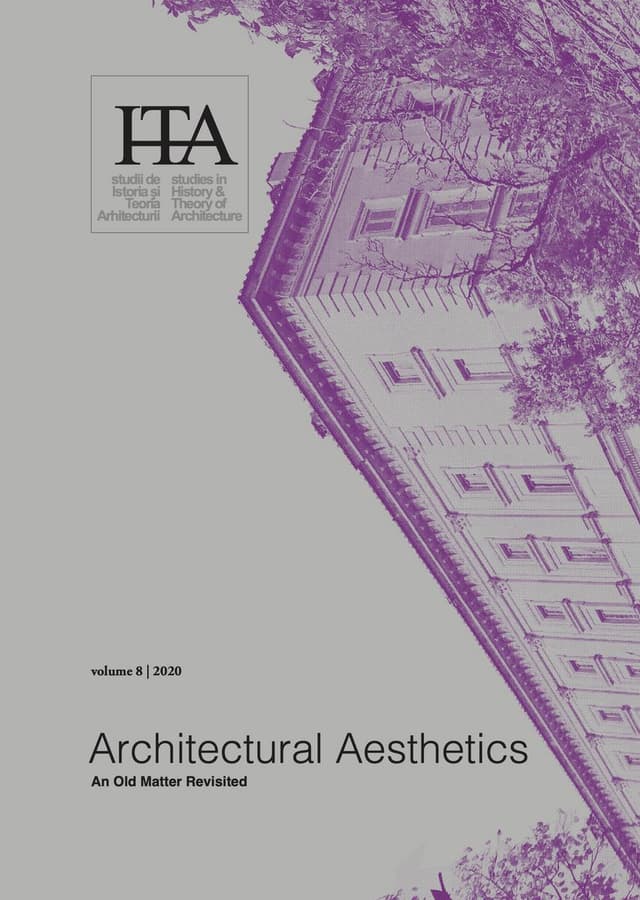The (Un)Aesthetics of Radical Architectural Installations
by
Esen Gökçe Özdamar
Keywords
architectural installation
contemporary art
form/formless
monolithic
(un)aesthetics
habitable/uninhabitable
As Mark Robbins noted, an installation is “a distillation of the experiences of architecture.” The British philosopher Paul Crowther pointed out that the reason why art installations appeared prominently after the 1960s was related to the deconstructive tendencies of the era and increased interest in theoretical issues between artists and critics. For an installation to be sublime, it must test our perceptual and creative assumptions, as well as bring a strengthening perspective to our rational understanding; it should include questioning and critical approaches, which can be defined as the two contemporary sensibilities associated with the idea of the “sublime.” The peculiarity of installations, as we can find in Christo’s statements, is that they offer an urgency of appearance and subject-object interaction, namely site-specificity and timelessness. Through installations, a place transforms into an “atmospheric” environment which challenges the subject, or the observer.
Similarly, architectural installations have become increasingly common in architectural practices since the 1960s. Emerging as temporary criticisms, experiments, and forms of activism, architectural installations create a transition between form and formless, habitable and uninhabitable, space and place, through their temporariness and their site-specific traits. As an extension of installation art, architectural installations can be defined as experimental and experiential interventions in a gallery, urban space, or nature. Similarly – albeit controversially – radical architectural installations are not merely installed architectural spaces, but instead an installation or uninstallation of an architectural thought or, conversely, deconstruction of an existing or emerging thought by means of demolition, protest, or forms of activism.
Therefore, focusing on the perception of radical architectural installations, what can the latter reveal as the complement of the world, in the words of Eco? Addressing these issues, this article focuses on architectural installations that deal with (un)aesthetics, hence aiming to demolish conventional approaches to aesthetics.
Published in

Chicago citation style
DOI:
10.54508/sITA.8.20